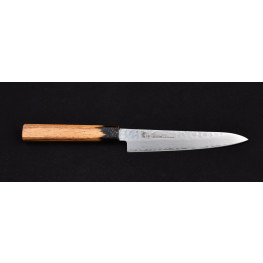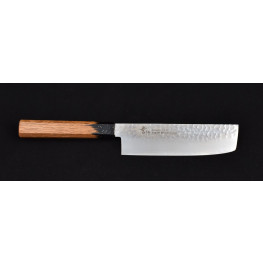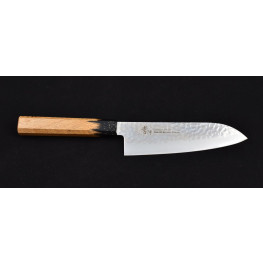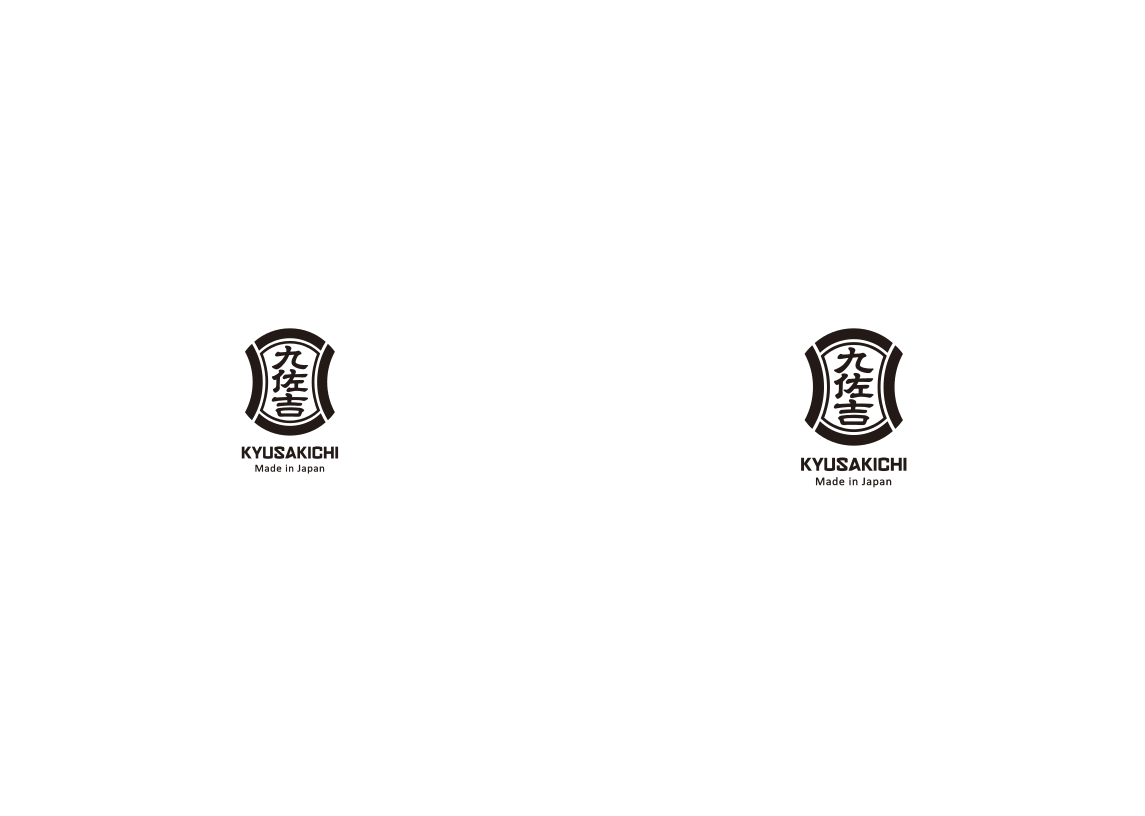Kashi Urushi

Urushi or Japanese lacquer is a very popular technique in Japanese art. It is a decoration of objects with the help of natural resin from the Urushi tree. Like many other influences, this one also comes from China. The boom of Urushi in Japan began in the Heian period.
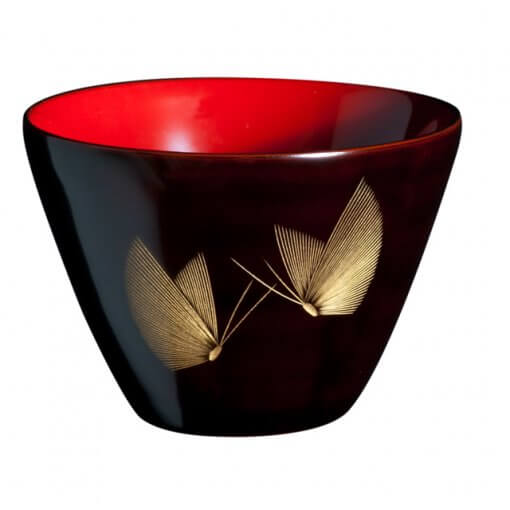
Urushi is the most durable non-toxic natural varnish. It is therefore not surprising that it found its way to such an exposed place as the handles of kitchen knives. The manufacturer entrusted its octagonal handles made of durable oak wood to Urushi masters, who applied black lacquer with gold dots. Such a decoration was called kokushin (advancing black). It is up to everyone's imagination what they imagine under this term. The handles remind us of the interface between day and night. The Urushi decoration optically replaces the absent ferrule, and we must point out that this minimalist construction is very clean in design.

Well, this knife is not just about the handle. Although it is exceptional, the blade is certainly not far behind it. Its core is made of proven cobalt VG10 hardened to 61 HRC. The sides are joined by 16 and 16 layers of interlocking anti-corrosion steel. The Damascene pattern is completed by hammering the upper part of the blade. There is also the manufacturer's marking in traditional kanji characters as well as inscriptions in Latin - Damascus VG-10 TAKAYUKI made in Japan. The edge is a symmetrical Hamaguri type with a pronounced hamon.
©2022 Copyright Roman Ulík, Nippon Knives, www.japonskenoze.sk all rights reserved.
Photos and texts are protected by copyright law and their use without the author's consent is not possible.


 Sign in
Sign in Registration
Registration


